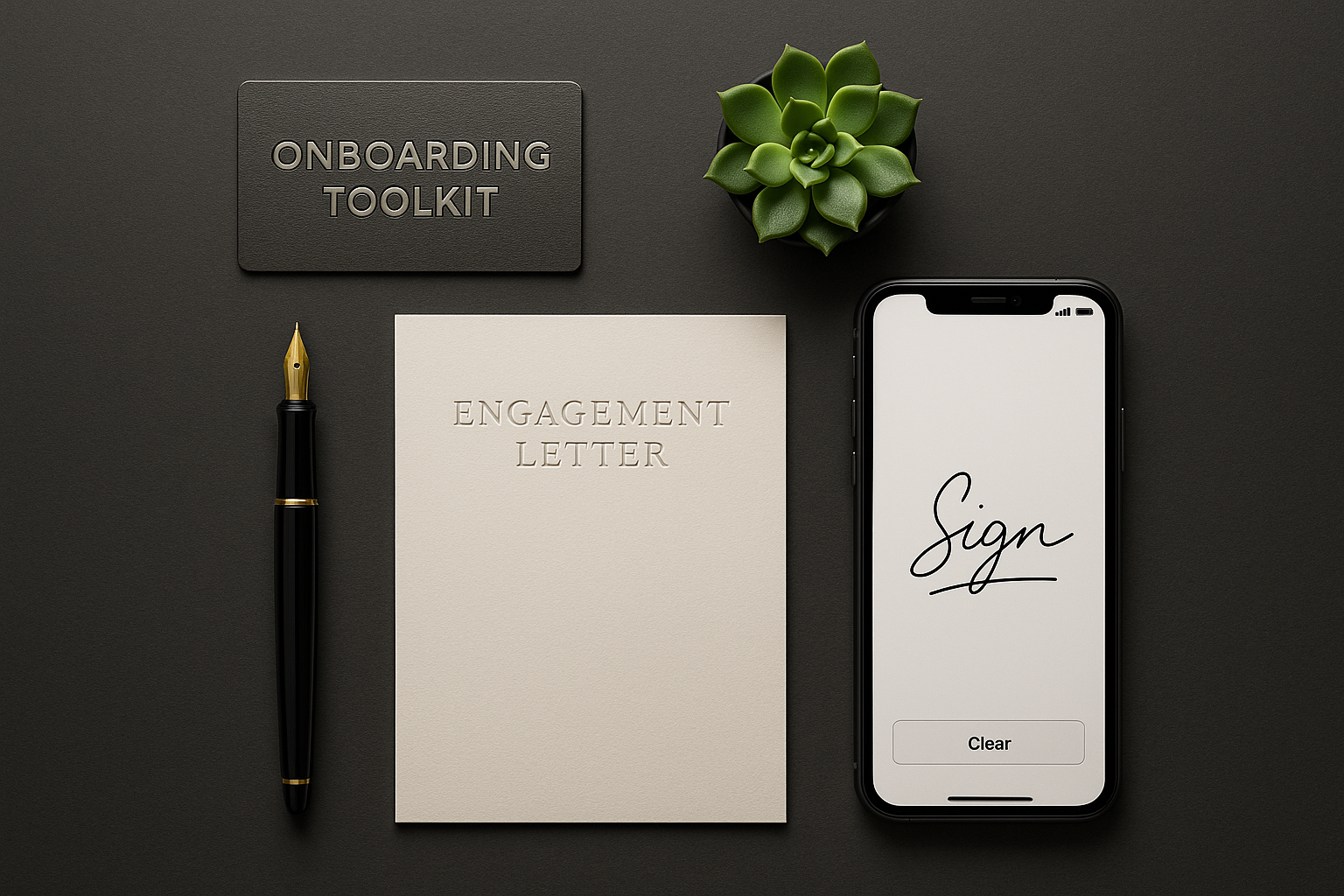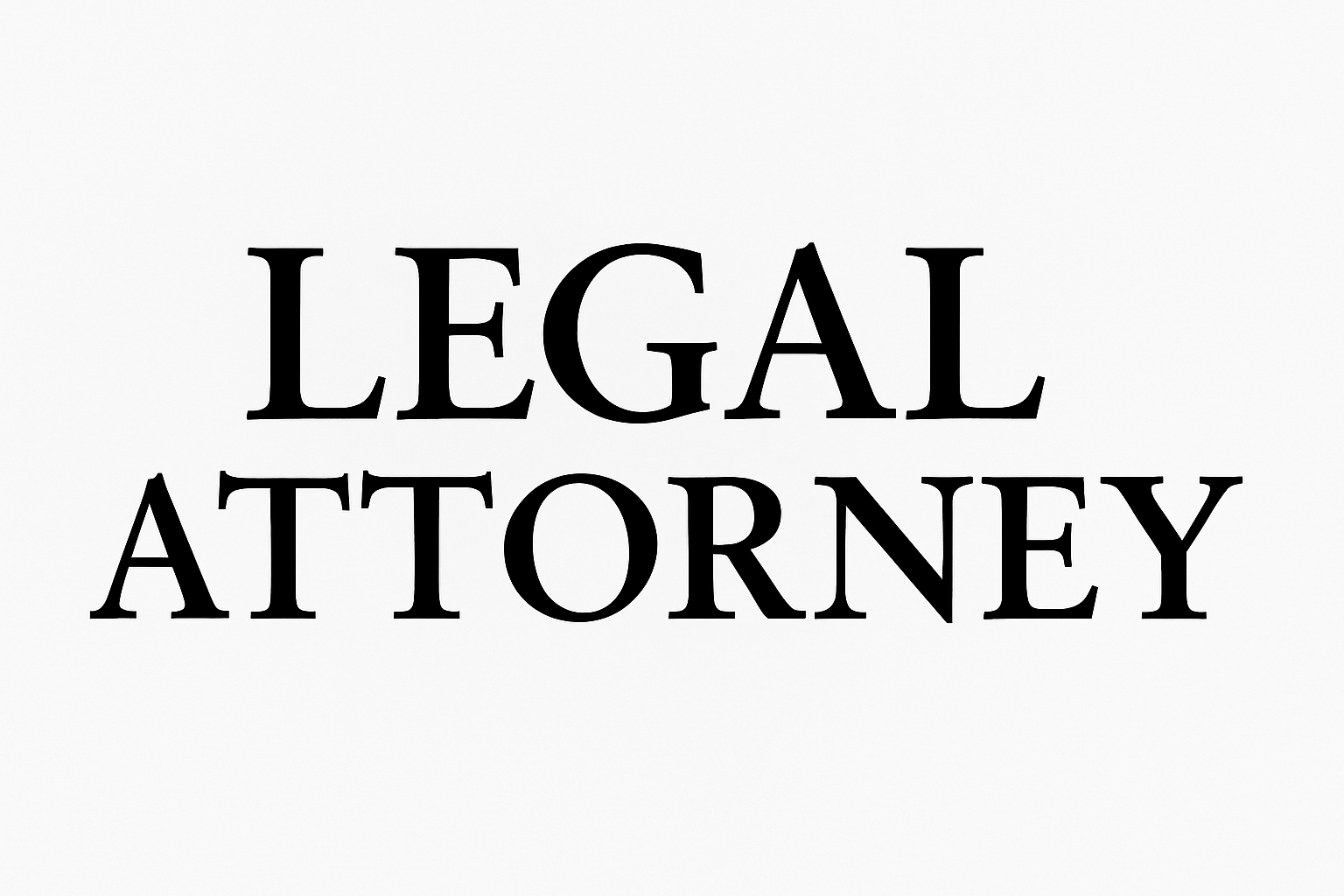Why Talking to Your Clients Matters More Than Ever

Prologue: The Call That Never Came
On a Tuesday afternoon in Phoenix, Maria — a first‑time plaintiff in a wage‑and‑hour suit — checked her email for the tenth time that day. Nothing. No update from the lawyer she’d hired six months earlier, no call explaining why the promised motion hadn’t materialized. By Friday she had moved on; by Monday she was telling anyone who would listen that “lawyers never return calls.” Multiply Maria by a thousand and you have the single most costly, yet most preventable, problem in modern legal practice: silence.
1 The Silence Tax
Clients don’t just like prompt communication—they expect it. In Clio’s client‑experience studies, 79 % of consumers expect a response from a lawyer within 24 hours, and 82 % say timeliness is the most important factor in choosing counsel.[1] When lawyers fall short, the market punishes them: 40 % of U.S. firms answered incoming calls in 2024, down from 56 % five years earlier—and the firms that did answer captured 62 % of new matters simply by being first to respond.[2]
“The number‑one complaint about lawyers is that they don’t return phone calls.”
—ABA Client Protection Committee[11]
Quick‑Stat Dashboard
| Metric | Data point |
|---|---|
| Clients who ended a relationship over poor communication | 82 %[3] |
| Expected lawyer response time | < 24 h (79 %)[1] |
| Firms that failed to respond to “mystery‑shop” emails | 60 %[1] |
| Cost differential: acquiring vs. retaining a client | 5–25× more expensive[6] |
| Profit boost from a 5 % bump in retention | 25–95 %[6] |
Table 1 ‑ Key numbers at a glance.
2 From Ethics Rule to Business Rule
The American Bar Association’s Model Rule 1.4 is explicit: lawyers must “keep the client reasonably informed,” “promptly comply with reasonable requests,” and “explain matters sufficiently for informed decisions.”[4] A breach is not merely rude; it is disciplinary fodder and a malpractice accelerant. California’s discipline data show thousands of investigations each year where the core allegation is simply failure to communicate.[10]
But the rule is bigger than compliance. Communication is the flywheel of trust. Clients who feel heard stay longer, pay faster, and refer more often. Conversely, poor communication fuels fee disputes, Google‑map rants, and malpractice claims.
3 ROI: Retention Beats Acquisition—Every Time
Marketing firm Grow Law crunched hundreds of ledgers across practice areas:
| Scenario | Added annual profit on $1 M revenue |
|---|---|
| +10 % new‑client acquisition | ≈ $40 K |
| +5 % client retention (via better communication) | $250 K – $950 K |
Table 2 – “Retention math” simplified; assumes industry‑average margins.[6]
Why the gap? Retained clients bypass intake costs, convert faster, and often expand work (estate plan updates, follow‑on transactions, additional litigation, etc.). The cheapest marketing spend is a five‑minute status call.
 4 What Clients Really Want: Speed + Clarity + Humanity
4 What Clients Really Want: Speed + Clarity + Humanity
-
Speed – See the 24‑hour rule above.
-
Clarity – Plain‑English summaries beat six‑page memos.
-
Consistency – No “black‑hole” gaps longer than a billing cycle.
-
Empathy – Clients remember how you made them feel more than the technical brilliance of your brief.
-
Security – Portals, encrypted email, and two‑factor auth reassure clients that their secrets stay secret.
Visual Case Brief
Spindell v. State Bar (1975)
| Element | Snapshot |
|---|---|
| Facts | Lawyer missed multiple calls & letters; client left uninformed. |
| Issue | Did chronic non‑communication constitute willful dereliction? |
| Holding | Yes. 3‑month suspension. |
| Take‑away | Document calls, set reminders, delegate follow‑ups. |
| Modern spin | Would texting updates or a portal have saved the license? Probably. |
5 Why We Fail (and How to Stop)
| Failure mode | Root cause | Fix |
|---|---|---|
| “Radio silence” | Lawyer assumes “no news is good news.” | Calendar auto‑nudges every 30 days; send “nothing new” updates. |
| Jargon overload | Fear of oversimplifying legal nuance. | First paragraph plain English; attach memo for detail. |
| Overpromising | Sales mentality trumps reality. | Use risk spectrum charts; revisit scope monthly. |
| Channel chaos | Clients ping via email, SMS, DMs. | Funnel all substantive talk into two approved channels (e.g., portal + phone). |
| No documentation | “I’ll remember later.” | One‑click phone‑log in PMS; train staff. |
6 Building a Communication Culture
-
Set the rule of two : two ways to reach you, two‑business‑day max lag.
-
Track it—response‑time widgets exist in modern practice‑management suites.
-
Template it—status email templates cut drafting time by 70 %.
-
Delegate it—train assistants to answer “Where’s my case?” questions from the file.
-
Measure NPS post‑matter—ask, “Did you feel informed?” and publish the score internally.
-
Reward it—make bonuses partly contingent on communication KPIs.
Communication Health Checklist
| ✅ Item | Target |
|---|---|
| Response‑time SLA documented | 24 h |
| Secure portal activated for every matter | Day 1 |
| Next‑step recap sent after every hearing | < 24 h |
| Monthly “nothing to report” email if idle | Yes |
| Final closure letter & survey | End of matter |
Pin the checklist to your practice‑management dashboard; if you can’t tick every box, automation can.
7 Future‑Proofing: AI, Portals & the 24‑Second Reply
Chat‑bots now triage after‑hours inquiries; predictive text suggests draft replies; CRMs remind you of client birthdays. None replace judgment, but they erase the excuse that “I was too busy to reply.” Done right, tech handles the routine so lawyers can handle the human.
8 Conclusion: Talk Early, Talk Often, Talk Human
Law is language. The brief that wins the motion is only half the battle; the call that explains the outcome is the other half. In an era where clients rate lawyers like Uber drivers, communication is no longer soft‑skill fluff—it’s the hard edge of competitive advantage. Pick up the phone. Send the portal ping. Your next referral depends on it.
Endnotes
-
Clio, Legal Trends Report (2019); client‑response expectations. Clio
-
“Answering the Call,” Bar Association of San Francisco Blog (May 14 2025). The Bar Association of San Francisco
-
“Mastering Law Firm Client Communication,” Lawyerist guide (2025). Lawyerist
-
ABA Model Rule 1.4, Rules of Professional Conduct. American Bar Association
-
ABA YourABA, “5 Tips to Avoid Client Complaints” (2017); failure‑to‑communicate prevalence. American Bar Association
-
Grow Law, “Legal Marketing Statistics 2025” (Client retention & cost data). Grow Law
-
AnswerHero, “Legal Intake Services” stats banner (24‑hour expectation & 82 % timeliness). AnswerHero™
-
GlobeNewswire, “Clio’s Legal Trends Report Reveals Law Firms Struggle to Respond” (Oct 21 2019). GlobeNewswire
-
ABAJournal, “With lawyers being less responsive …” (Oct 2024). ABA Journal
-
State Bar of California, Annual Discipline Report FY 2023 (complaints overview). California State Bar
-
ABA CLE handout, “Party Lines” (top phone‑call complaint quote). American Bar Association

